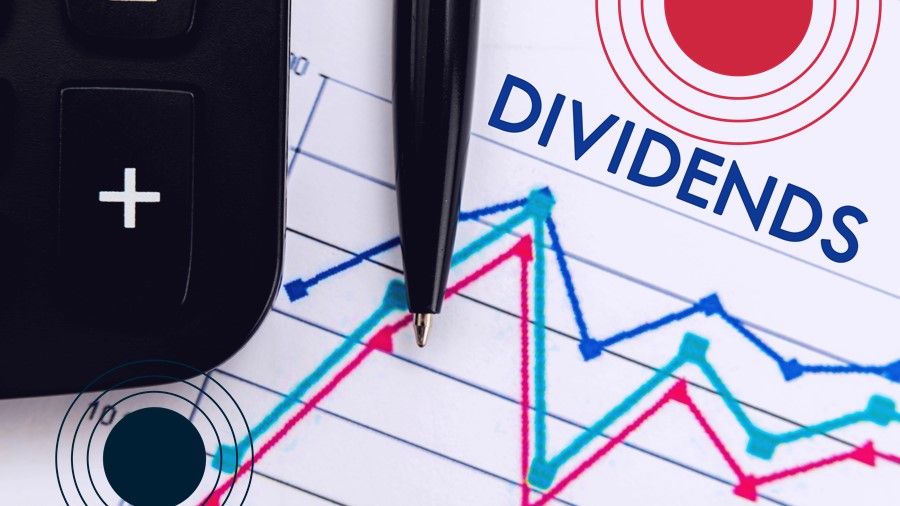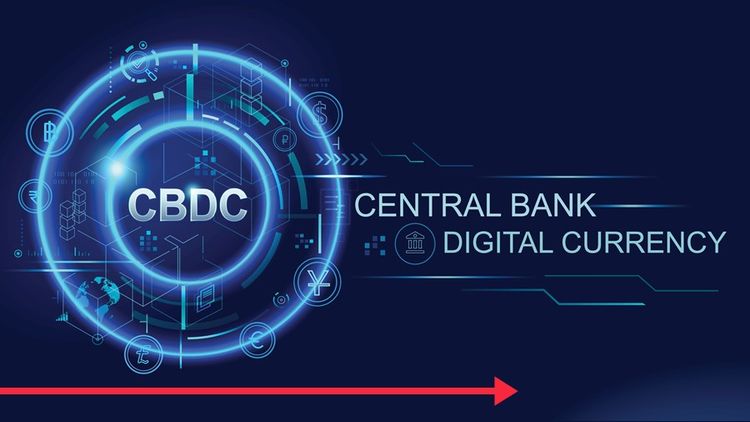Taxes are going up. Here's how it will affect your dividends.

The economists and politicians are hotly debating the causes of our current jolt in inflation. But the inflation is real. In addition, the new spending in Washington is sure to add to the current surge in inflation. The trillions of dollars in new spending during spiking inflation will make it difficult to see the impact of the various elements of the spending bills. That is particularly true regarding the impact of the tax increase on dividends.
Inflation will push up the dollar value of dividends paid to shareholders to keep pace with other rising prices. Inflation will also reflect the rising revenues that the company receives for its goods and services. Part of the dividend increases in an inflationary period, however, are illusory. Investors need to be aware of the money illusion, which inflation creates.
Money illusion occurs when inflation makes asset prices rise without any increase in true value. Money illusion will hide the change in relative value between different assets as all prices rise driven by inflation. Savers need to look thorough the surging inflation to see what is really happening to their investments. MMT is an important inflation generator, which we need to watch.
MMT spending generates more inflation
The new cause celeb in political and economic circles is the Modern Monetary Theory (MMT). MMT is a dream for politicians. It argues that for a country like the US, deficits do not matter and that selling more debt generally helps the economy. There are however limits, which even the theory admits.
MMT omits the institutional details of the economy. For the theory, little beyond the government and the bond market really matters. A detail like corporate response to tax changes is the institutional trivia which does not seem to be a matter of immense importance to MMT. But the institutional features of the economy do matter to investors.
What will happen to dividends?
For many firms, the less grand tax elements of the multi-trillion-dollar expenditure proposals are likely to be the most real and important. Most firms will be able to pass through much of the proposed increase in corporate related taxes. So, the consumers will pay the bulk of the taxes.
Corporations have shown themselves to be great students of political winds, adjusting their dividend policy to political uncertainty.[1] But it is the change in dividend taxation in the Build Back Better Bill which specifically concern us here.
The proposal has a plethora of interrelated tax provisions. The most relevant elements address the tax rate on dividends that are qualified for special tax treatment. The tax on these dividends has a number of elements to it. For our purposes, we will focus on the increase in the top rate from 20% to 25%. This moves the rate by 25% ((25-20)/20), a substantial change. The income at which it applies is also lowered marginally from the 2021 tax provisions by the proposal.
The proposal increases capital gains taxes in line with dividend taxes. These capital gains taxes are, however, unlikely to materially affect the results for dividends. Investors will likely defer capital gains into the future as results of an increase in the tax. This reduces the effect of the tax and the liquidity of appreciated assets.
Dividend payouts to fall
Dividends are a cost to a firm and those costs will rise as investors demand higher dividends to pay for the higher taxes. This tax raises the equity cost of capital to the firm. Rational firms will respond to the higher cost of equity capital by paying fewer dividends and reducing the proportion of equity in its capital structure.
Because inflation is rising, the nominal (non-inflation adjusted) absolute amount of the dividend will rise which may mask some of the decline in the total amount of dividends from the firm. As a result, it is the payout ratio which we need to examine to see how the firm is reacting to an increase in its equity cost of capital. The ratio of dividends to earnings controls for inflation effects.
The effect of the increase in dividend taxes is an empirical issue. Empirical estimates of the sensitivity (elasticity) of dividend payout levels to changes in the US taxes have been mixed. One recent estimate of multiple countries internationally shows an elasticity of −0.45.[2] An elasticity of −0.45 suggests that a 25% ((25%-20%)/ 20%) increase in dividend taxation is associated with a 11.25% decrease in the total dividend payouts by all corporations.
Dividend paying stocks are a staple of middle-income savers. The statue targets higher tax rates to high income investors but the higher taxes are likely to result in a decrease in the supply of dividends for all investors.
We hope you enjoyed this article. Please give us your feedback.
[1] Omar Farooq, Neveen Ahmed, Dividend policy and political uncertainty: Evidence from the US presidential elections, Research in International Business and Finance, Volume 48, 2019, Pages 201-209, ISSN 0275-5319, https://doi.org/10.1016/j.ribaf.2019.01.003.
[2] Richard Herron, Katarzyna Platt, World dividends and tax shocks, Global Finance Journal, Volume 47, 2021, 100516, ISSN 1044-0283, https://doi.org/10.1016/j.ribaf.2019.01.003.





